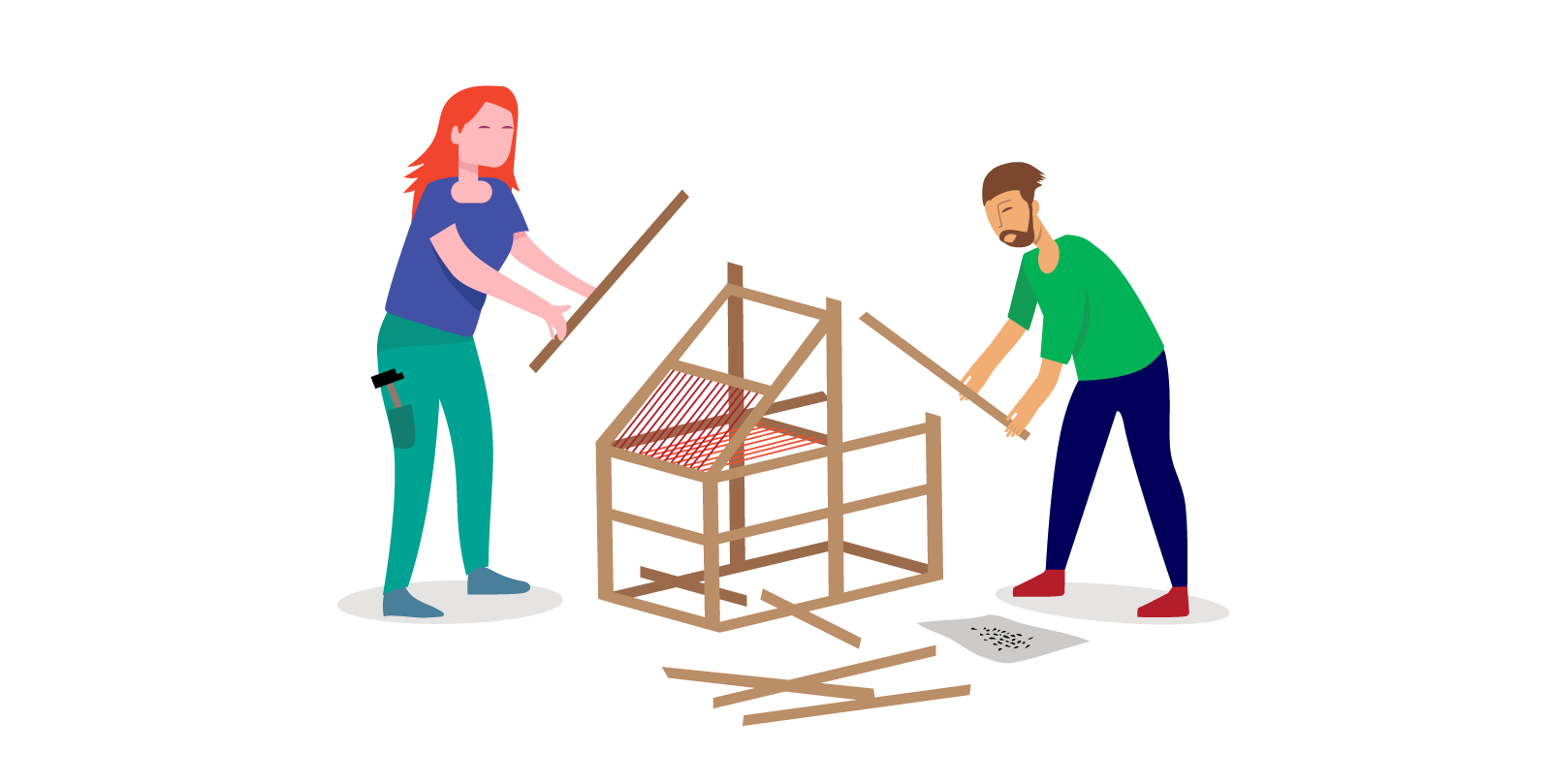Wool Lab Research

Lab-to-lab projects are open research spaces to foster collaborative research across labs. They reinforce cooperations between partner labs and create a research-playground to better engage with the transfer labs. Based on a rich background of international cooperation through previous European projects, the model emerged from a sub-project within the TCBL project: BioShades, textile dyeing with bacteria, led by WAAG.
After a first stage of ideation around the future investigated topics, the three labs leading the research, decided to focus on the topic of wool. The decision was made because of a shared effervescent motivation on the topic and real local challenges about wool: a need to rehabilitate the knowledge, from how to process wool at different scales, to how to design through more sustainable processes.
Why wool¶
Wool has a rich and deep history, and in fact many techniques from the past century are still in use today. Various cultures and places share this resource, at varying levels of quality according to the species of origin. Now, traditional techniques face the risk of being lost, some parts of the raw material are wasted, while post-consumer wool is poorly valued. Many local communities wish to reshape local value-chains around wool, from farmers, spinners, weavers, designers, makers, waste management and up-cycling centres.
Through the narrative of past practices, we can measure the evolution of the women in society (Lemmer-Webber, 2021),(Sebillotte Cuchet, 2014). Some studies emphasized their caring role, softening the practices of extensive agriculture with animals while others raised gender issues related within the wool supply chain. (Gulistan A, 2014) Herrero, (2020) insists on the power of regenerative communities guided by womens, She mentioned: “ “Women involved in pastoralist and wool production activities are committed to their communities and landscapes, and they play an important role in building and strengthening regional identity. Women’s roles and contributions to market chains and rural economies must be better understood and made visible, so that their work can be adequately valued and reflected in policies and planning. Our work highlights how women of Extremadura can be agents of change in moving towards sustainable and ecologically sound agriculture and reviving or maintaining cultural practices that benefit biodiversity, regional identity and the local economy”
The processes of wool¶
To explore the topic of wool in all its complexity, the project partners have created 3 lab-to-lab projects that will investigate three different angles or facets to activate research on wool on the extended shemakes labs ecosystem.
The distribution of projects follows the 3 notions of TCBL- Place, Design, Make. Here take a view of our working Miro board
About places
Project 1: Territorial Wool ecosystems
The understanding of local dynamics and challenges regarding the processes of wool, from sheep to fabric, mapping and bringing together the local existing ecosystems, its key actors and stakeholders to strengthen the networks and promote locally productive territories., while observing the situations of womens and their potential for innovation
Take me to the PLACES working group
About design
Project 2: Local dyes for sustainable and productive territories
Exploration of local natural dyes, from botanical to mineral and fungal, to food-waste dyes. To bring back the knowledge on coloring in a sustainable and locally productive fashion at various steps within the chain. As a bridge between past and future techniques, that creates mutual literacy, while building upon the territorial contextualisation of the chain. Example: in Holland, wool is harvested from local sheep, often processed locally in the country, but never dyed locally, breaking the local manufacturing chain.
Take me to the DESIGN working group
About make
Project 3: Little wool factories
Redesign and production of small scale tools through digital fabrication techniques, for the processing of small quantities of wool. Exploring the problematics of small wool quantities that are often not enough for large scale production and are therefore wasted resources
Take me to the MAKE working group